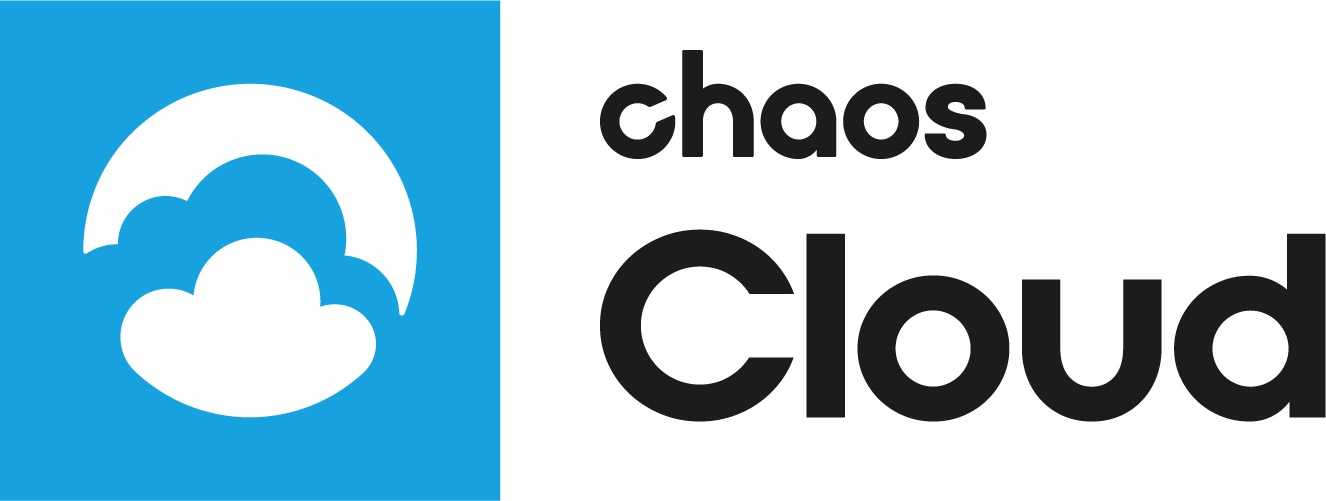Page History
This page provides information on the V-Ray Swarm distributed Cloud rendering service.
| Section | ||||||||||||||||||
|---|---|---|---|---|---|---|---|---|---|---|---|---|---|---|---|---|---|---|
|
| Multiexcerpt | ||
|---|---|---|
| ||
OverviewV-Ray Swarm Cloud is the new V-Ray Distributed Rendering manager, the next evolution of V-Ray Distributed Rendering, offering a number of features that make rendering with V-Ray even faster. Currently, V-Ray Swarm is available in V-Ray for Revit, V-Ray for Rhino, and V-Ray for SketchUpour new rendering service, offering a remote way to render your jobs extremely fast and on the go, using our dedicated cloud render farm. V-Ray Cloud is available for all 3D platforms compatible with V-Ray. Its interface is accessible by a web browser. |
For more information on how to use and operate run a render job on V-Ray Swarm within VCloud from V-Ray for SketchUp please refer to Swarm Settings page.Maya please refer to ___________.
For more information on how to use and operate run a render job on V-Ray Swarm within Cloud from V-Ray for Rhino please refer to Swarm Settings page3ds Max please refer to ___________.
For more information on how to use and operate run a render job on V-Ray Swarm within Cloud from V-Ray for Revit Modo please refer to the Operating Swarm in Revit and V-Ray Swarm QuickStart pages. ___________.
For more information on how to run a render job on V-Ray Cloud from V-Ray for Revit please refer to ___________.
For more information on how to run a render job on V-Ray Cloud from V-Ray for SketchUp please refer to ___________.
For more information on how to run a render job on V-Ray Cloud from V-Ray for Rhino please refer to ___________.
For more information on how to run a render job on V-Ray Cloud from V-Ray for Nuke please refer to ___________.
| Multiexcerpt | ||||
|---|---|---|---|---|
| ||||
Rendering in V-Ray Cloud is pretty simple and straightforward. All that is required is to have installed the dedicated V-Ray Cloud application, after which you can access V-Ray Cloud's web-based interface and submit jobs to it directly from your host 3D software application. Once in the cloud, you are able to monitor the progress of your currently submitted job, queue up subsequent jobs, as well as change job settings and resubmit them without opening the scene - right from your phone. V-Ray Cloud takes rendering into the future of virtualization.
|
| Multiexcerpt | |||||||||
|---|---|---|---|---|---|---|---|---|---|
| |||||||||
All that is needed to dedicate a machine as a V-Ray Distributed Rendering slave, is to install and run V-Ray Swarm on it. V-Ray Swarm discovers and adds machines for rendering, handles the installation of V-Ray Standalone builds on each machine, starts and stops the rendering process, monitors CPU, RAM, and GPU resources per system, and deploys the configuration of V-Ray on all V-Ray Swarm machines with a single click. V-Ray Swarm makes V-Ray Distributed Rendering easier than ever. The new features that V-Ray Swarm adds to V-Ray Distributed Rendering are:
|
